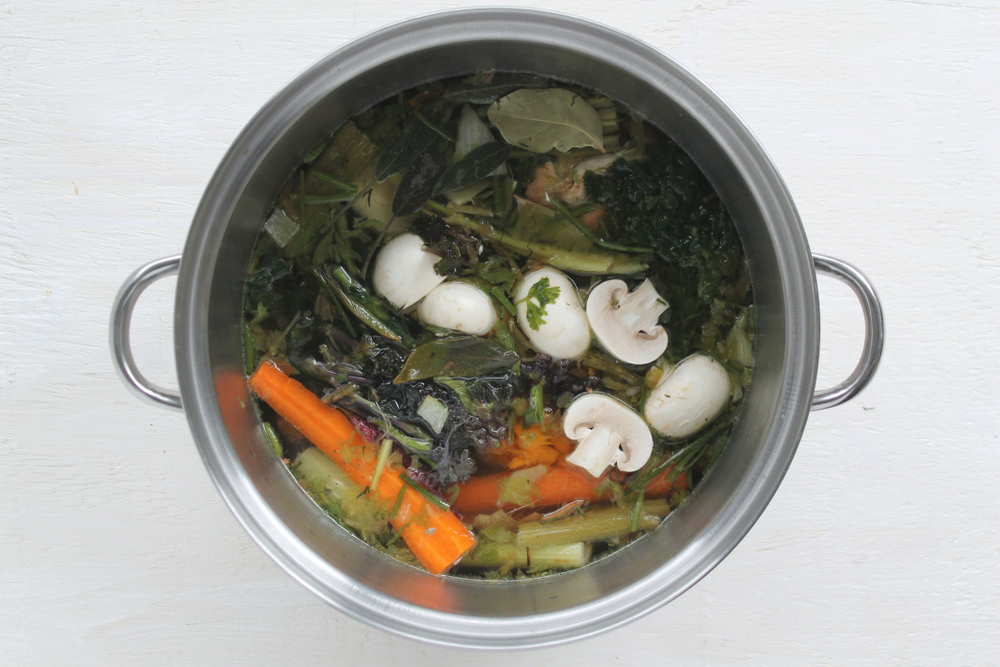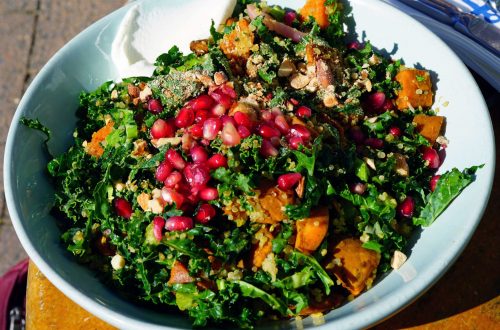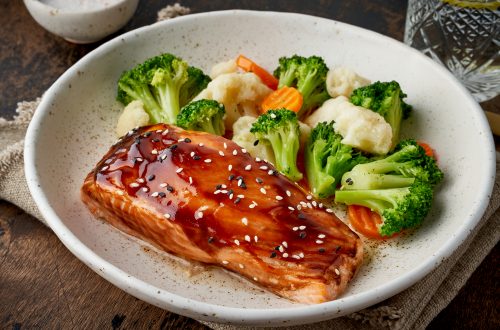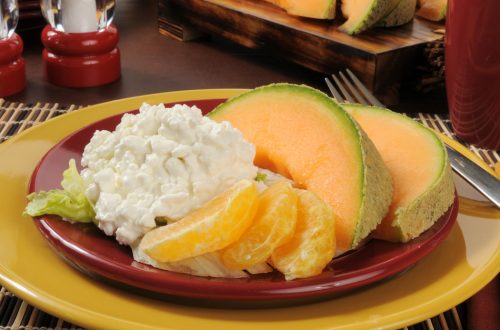
Zero-Waste Cooking
Here in the Farmboy kitchen, we’ve tried hard to cut down on food waste and wasteful packaging. We plan our weekly menus to use up the fresh ingredients we purchase, keep an eye on our pantry and freezer supplies, and check our fruit and vegetable drawers in the fridge before shopping for more. We also take reusable and washable bags to the store instead of using plastic for fruit and produce. We’ve made some progress, but, at some point, it gets more challenging
Now, I’ve found out about the folks promoting zero-waste cooking. Want to save some money and cut down on your use of plastics and packaging while reducing food waste? Check it out. Of course, the main goal is reducing food waste – leaving as little as possible while cooking a meal. Those fully engaged find ways to use all parts of the ingredients and packaging.
Americans waste somewhere between 25 and 40 percent of all the food produced – estimated at about 130 billion pounds. This is a major cause of global warming, according to the USDA, because of its greenhouse gas footprint as well as the carbon dioxide emissions of production and transportation. More and more restaurants are buying into the zero-waste techniques, but home cooks are also starting to catch on. Here are some ways that you can make adjustments.
Probably the most important way to begin is to plan your menus instead of shopping on impulse for purchases that end up sitting in the fridge or on the shelf. Think about what you need and what you can do without. Check what you already have on hand to avoid throwing away unused food. And while you’re planning, consider reducing portion sizes. While preparing and cooking, think about how much each person will realistically consume, and how you might use every part of the vegetables, fruits, and meats in a particular dish. You don’t have to them use all at once, but think about how to use them in other dishes – or composted or repurposed.
Now you can get creative about using all parts of your ingredients. Save the bones and vegetable scraps for broth. You can use your cheese rinds to flavor broths, and fruit rinds can go into cocktails. That said, Mrs. Farmboy has discovered that the squirrels residing in our yard are happy with just about anything, including uneaten bread from restaurants and stale crackers, of course, but even Parmesan rinds.
Then you can find more ways to use your freezer. Lots of cutoff parts can infuse flavor, such as bones, mushroom stems, apple peels, and strawberry tops. Freeze those bones and stems, and when you have enough, it’s time to make a tasty broth. As for celery leaves and carrot fronds, try using them in salads and soups as you would use parsley. Pumpkin and squash seeds? Roast them for use in salads and sauces. Apple peels? Roast or dehydrate them to make chips. And if you have extra peppers, dehydrate them to make your own chili powder.
Once you get the bug, you’ll probably learn new ways to freeze produce; pickle cucumbers, carrots, and green beans; can tomatoes and applesauce; and dehydrate fruits, vegetables, herbs, and legumes. In the summer, I have been freezing fresh corn and chives for years. But after reviewing these sources, I might try some pickling and dehydrating.
Given the rising costs of food and the need to reduce plastic, it’s really worth making a concerted effort to try new ideas and techniques. What about you? Any thoughts to share on how to be creative in this arena?
From your email, please click on the headline to view the blog and photo on the website. You can log in and comment at the end of the blog to share your thoughts and start a discussion, or suggest a topic for Farmboy in the Kitchen.
If you’d like to share the blog, click on the Facebook icon or one of the others. Thanks!




